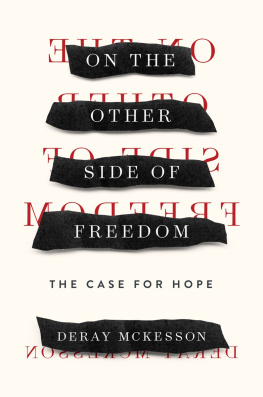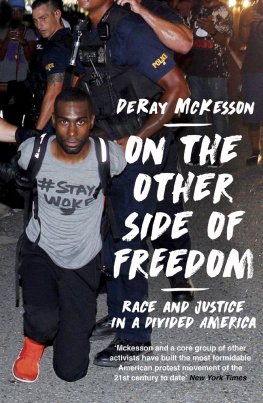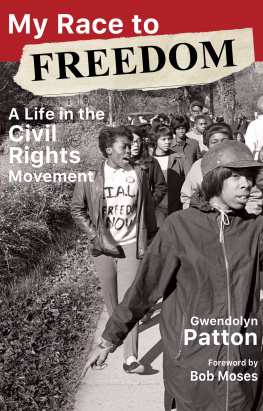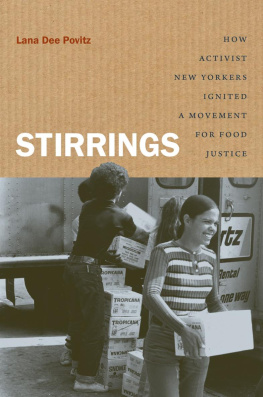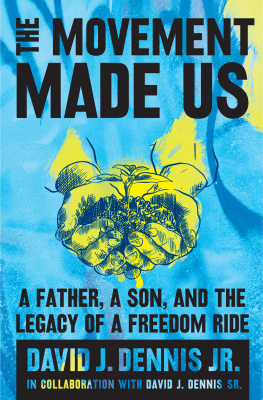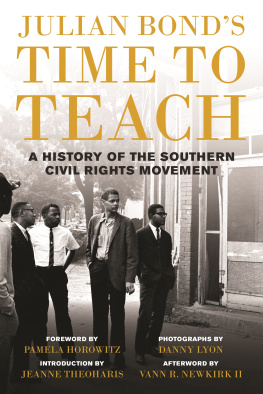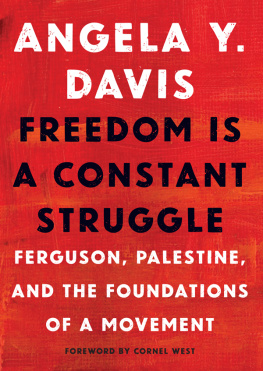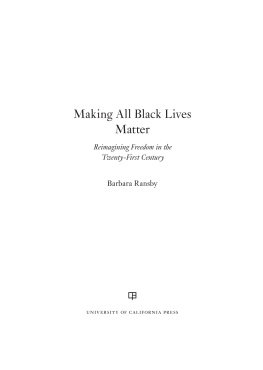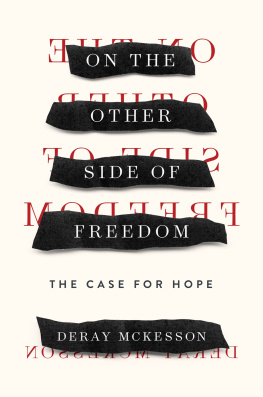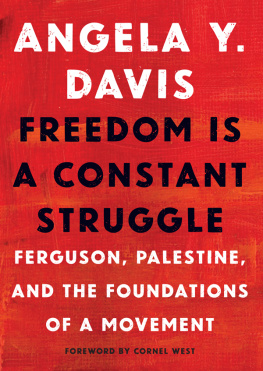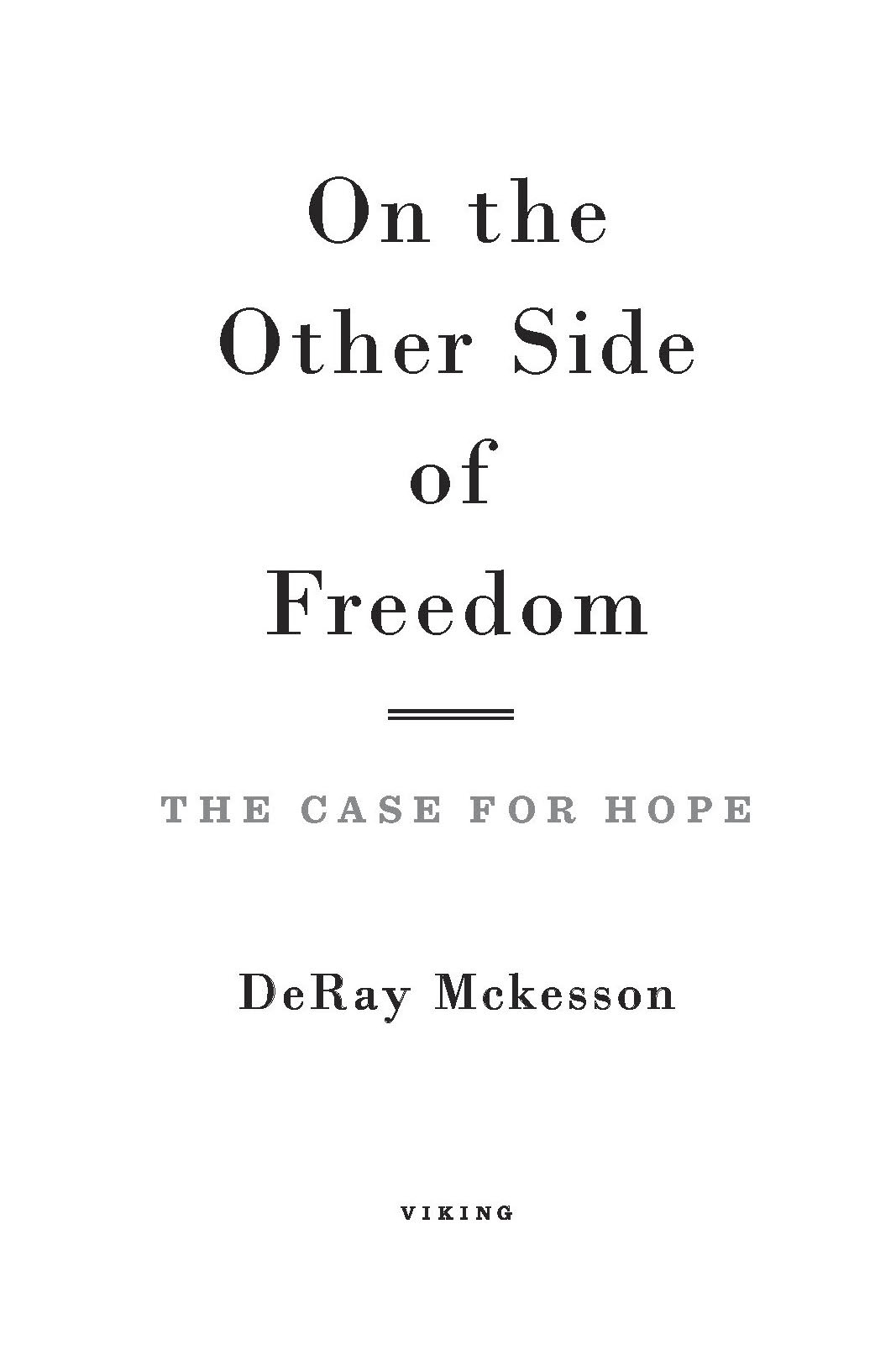Penguin supports copyright. Copyright fuels creativity, encourages diverse voices, promotes free speech, and creates a vibrant culture. Thank you for buying an authorized edition of this book and for complying with copyright laws by not reproducing, scanning, or distributing any part of it in any form without permission. You are supporting writers and allowing Penguin to continue to publish books for every reader.
Excerpt from S O S: POEMS 19612013, copyright 2014 by The Estate of Amiri Baraka. Used by permission of Grove/Atlantic, Inc. Any third party use of this material, outside of this publication, is prohibited.
While the author has made every effort to provide accurate internet addresses at the time of publication, neither the publisher nor the author assumes any responsibility for errors or for changes that occur after publication. Further, the publisher does not have any control over and does not assume any responsibility for author or third-party websites or their content.
We build our temples for tomorrow, strong as we know how, and we stand on top of the mountain, free within ourselves.
Authors Note
Language is the first act. Obvious in retrospect, but something Ive had to learn.
I have not always had the words to describe, to unpack, to frame the world around me. None of us have. I have lived more than I can readily process aloud or in text. There are times when the words I have needed have been beyond my reach. Sometimes language is not my friend, not there when I need it, not yet ready to lend a helping hand or a challenge.
There is something unnerving about this reality. It shook meI started to think that the things Id lived were not quite real because I did not have the words, the phrases, the stories to convey them in anything beyond my mind. And yet, deep down, I knew that these stories would find life one way or another.
Yet there are other times when the words do come, when I am able to bring to life the things Ive lived, the things Ive hoped for and dreamt about, the things that scare me and that bring me joy. And when the words are close, but not ready to peek beyond the surface, not quite the ones we can use to do the work at hand, we are able to create new ones, to make new ways of giving life to the stories of the life weve lived, hoped for, and deserve.
Language, the tool by which power is initially distributed and redistributed: it is in its hands that we find the gateway to liberation, to justice, to freedom. Violence was the first language of this country and is still the first language of many people, but it doesnt have to be the language we teach our children or whose tempo guides our steps. I now know that our stories travel in more than the words we speak or write. Our bodies have carried messages too, of our sorrows and struggles, our demands for the world worthy of our breath, of our happiness and our cool. Our blood has soaked the fields and streets of this country, and it carries reminders of a terror that birthed a nation, destroyed families for generations, and built wealth unlike the world had ever seen. The stories of black folks are etched in the foundation of this America, from its Wall Street to its Market streets, in the buildings of the University of Virginia and Georgetown, in the music that continues to shape culture and society, and in the laws and practices that make the largest institutions sway. In Ferguson too I was reminded that our bodies are communicating as much as our words are, and always have been. That black bodies have always been seen in one way in this world, independent of the words and the noises and the heart.
It is an important part of our work to uncover the stories around us, to understand the messages they carry and use their lessons to guide us in our journey.
We have to name what we fight for, the world we want, a world we have not yet seen. In order to do this well, we have to be able to narrate how we got here, to describe the lives weve lived in order to unearth the things that we may have been too close to understand before. And we have to use our understanding of today to paint a picture of a tomorrow that will shine brighter for those who come behind us.
I have learned too to think more deeply about the words and phrases that we use in the work of social justice to tell stories. I have heard people talk about the importance of community control and community input, but who only believe these things insofar as they get to define exactly who is a part of said community. I have heard people praise a hypothetical community, only to exclude anyone who disagrees with them from their definition of community. Our words and stories must live up to the ideals of the moment in which they are offered. When they do not, the work becomes less about liberation and more about self-service.
I too think every day of the stories that ended too soon, the result of the lives cut before their time. I think of the damage caused by the people who chose to decorate black bodies with bullets instead of love, and how that pain ripples through generations.
This is not the whole storyof my life, of Ferguson, of a movement. I could never tell the whole story of any of those things, as the story is never whole from a single perspective. I can no more tell the story of my growing up, knowing that my sister and my father and my loved ones have their own richness to add, than I can tell the story of the movement or the protests, knowing that all the other people who contributed and participated and were incarcerated have their own perspective to share.
These are the stories that I feel best equipped to tell, having been present in many spaces, in many cities, and experiencing things that I never thought I would, with people I am proud to now call friends and family. These stories are offered in the spirit of protest, in the tradition of those who revealed a part of themselves on paper in hopes that words on paper could help move us closer to justice and equity.
I love my blackness. And yours.
The impossible is the least that one can demand.
JAMES BALDWIN
I learned hope the hard way.
It was a hot day in St. Louis County in September 2014, and Id spent the majority of the afternoon sitting on the floor of the St. Louis Metropolitan Police Department headquarters. At nine oclock in the morning, twenty of us had filed in and plopped down in four rows in the center of the station. The police began to gather around us as hundreds of our fellow protesters turned the corner and were now standing outside the building demanding to get in. When it looked like the officers might forcibly remove us, everyone began to link armseveryone but me. It was my role to record and interpret as much as possible everywhere we protested so that we could consistently tell the truth to the outside world. So I sat in the front of our stacked rows, unlinked.
I was trying to capture as much as I could on my phone and tweet about it in real time. I wanted to be able to tell the story of the only successful sit-in of a police department since the protests began. We were repeatedly told to move, and we refused. It wasnt long before the officers growing impatience turned to action. I heard the screaming before I realized that wed been completely surrounded. It all happened so fast. I looked over and saw a mother trying to stop an officer from driving his thumb into the pressure point behind her daughters ear. And when I looked up, there was an officer standing directly over me. She told us that we needed to leave immediately. Again, we refused to move. And then she rested her hand on her Taser. Ill never forget how time stopped as I watched her move her hand from her waist to her Taser to her gun, almost like it happened in slow motion.

